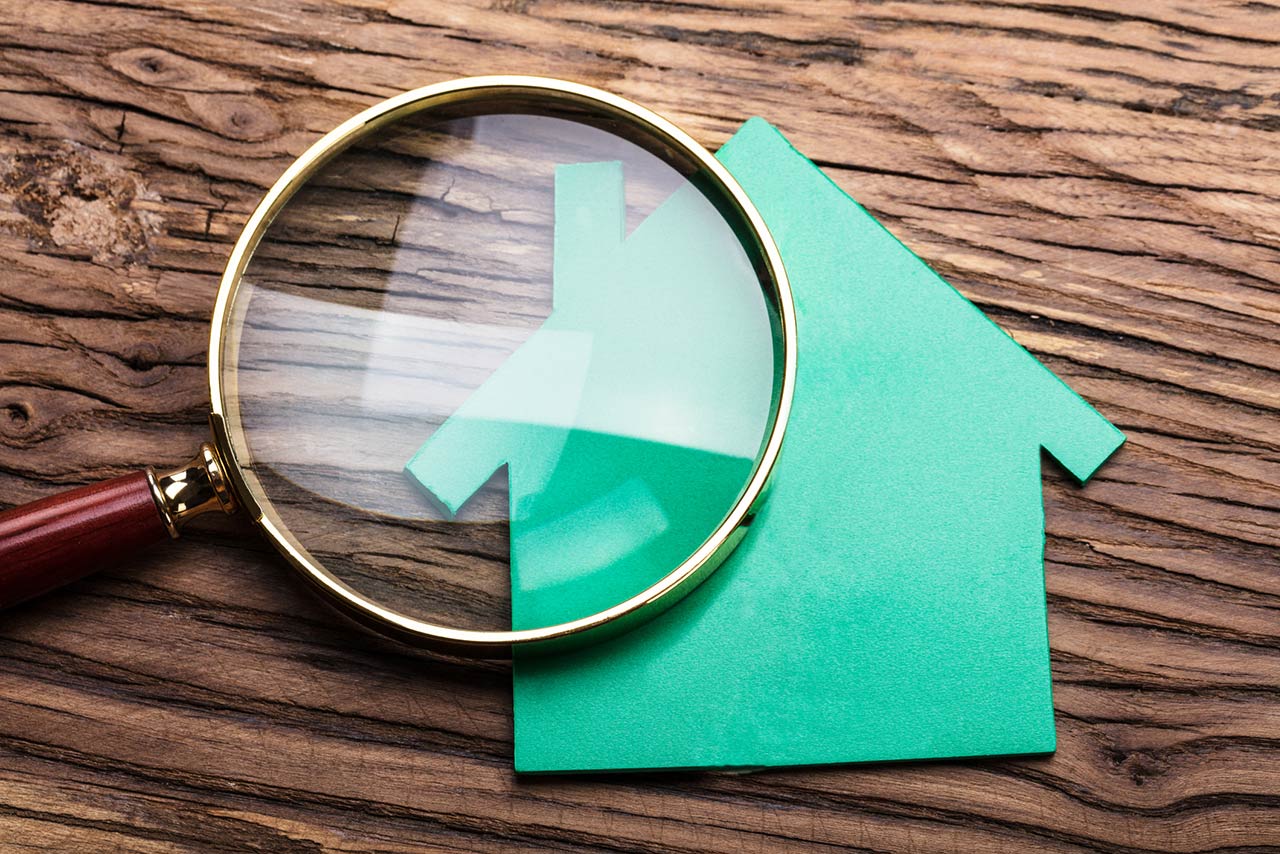Chicago Home and Lifestyles – Annual Home Safety Checklist

It’s important to ensure your home is well maintained. I’ve outlined a checklist to help with this yearly task. First be sure to install and maintain CO2 and smoke detectors. They need to be installed outside of every bedroom and on each floor of the house, including the basement. In an average sized home, one centrally located device on each floor should be sufficient. While everyone understands the danger that fire poses, carbon monoxide is just as dangerous. Carbon monoxide is colorless and odorless and can be poisonous in small amounts. Units that combine smoke and CO2 alarms are now available with batteries that last the life of the unit. Replace them after 10 years. Instruct family members that hearing the alarm means leaving the home immediately.
If your home has a second story or more, consider fire escape ladders. Teach everyone how to use them. You need two ways to exit a room. Fire may block the door and the only way out could be the window.
Build an emergency kit and keep it in a waterproof tub. Check it annually for a refresh. You can find out what you need by going to www.ready.gov/kit.
When it comes to the kitchen, this room can be full of fire hazards. It’s a good idea to keep a disposable fire extinguisher ready and handy. Check them monthly to ensure the pressure gauge is in the green zone and that the pins and seals are intact. Teach everyone the PASS method of using the extinguisher. Pull the pin to release the locking mechanism. Aim at the base of the fire. Squeeze the lever slowly. Sweep the nozzle from side to side. Extinguishers should only be used on small, confined fires. If fire is growing despite using the extinguisher, leave the house immediately.
Light stairwells with motion activated battery powered lights in case of a power outage. Keep them free of clutter. Make sure handrails are present and in good repair. If your stairs don’t have carpet, use slip resistant tape or treads.
Have your furnace and air conditioner inspected and cleaned at least once every other year. Keep bushes and any other material away from the unit. The units need good air flow. The furnace filter should be changed monthly. The cheaper filters are sufficient and just as effective if you change them monthly.
Please check your home for risks of poison; especially if there are children or pets in the home. Always store all cleaners and chemicals in their original containers. Store anything harmful out of reach, with safety locks in tact.
Check your sump pump, especially after a heavy rain. The pit should be clean and the pipe clear so water can flow freely. Call a professional if the unit is not starting when tested.
Radon is the second leading cause of lung cancer; first among non-smokers. Radon comes up from the soil under our homes as a by product of decaying uranium. Levels can vary from house to house, so even if your area is not generally known for high levels, it still makes sense to test. Radon testing kits are available at home improvement centers. Follow the instructions carefully to get an accurate reading. If your level is higher than 4 pCi/L, do a second test. Still high? Contact a Radon Mitigation Specialist to see which mitigation method will be effective for you.
Kathleen Weaver-Zech and Dean’s Team Chicago

